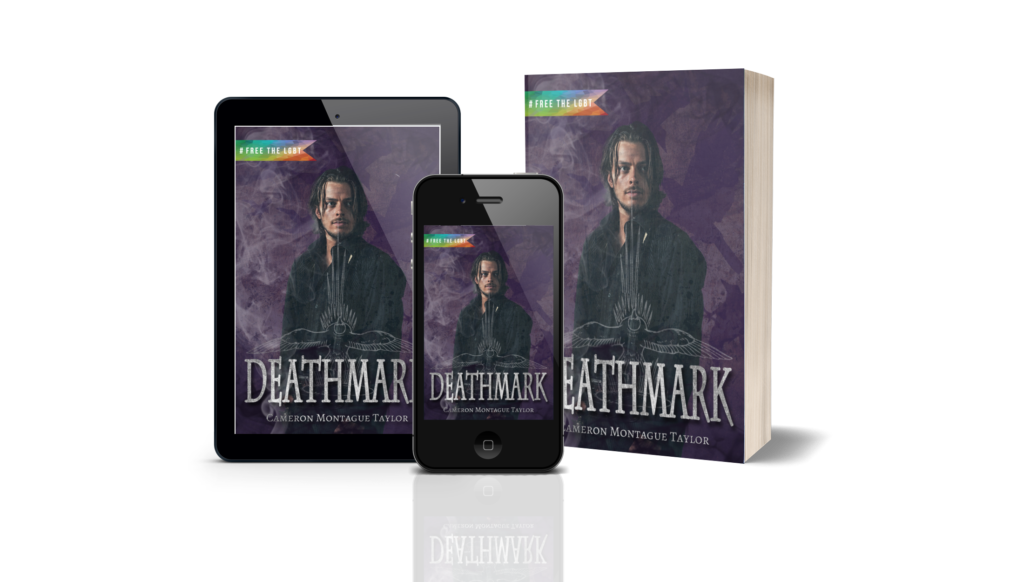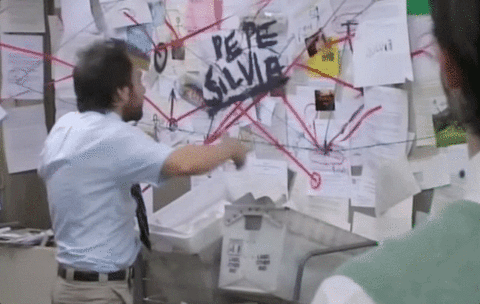Exciting news, everyone! Deathmark, the newest novella in the Ilia ‘verse series, has gone live on Patreon. For those of you who read Weaver, you’ll be excited to learn that Anya and El will appear in this story, too — plus many new faces. It will post in installments throughout the spring, for free! If you’re not yet a patron, now’s the time to start reading. Deathmark will eventually lock to patrons-only archives come the summertime.
Tell me more about the story!

Deathmark is a standalone, Paranormal Gaslamp Fantasy & MM Romance novella. Although it follows Weaver in the Ilia ‘verse, they don’t need to be read in order. Here’s the blurb:
By day, Cyprian Cavish is a waterweaver — a powerful mage capable of bending water and turning liquid to ice with a snap of his fingers. By night, he’s a famed Ilian monster hunter, keeping the city safe by hunting demons and banishing evil spirits.
All his life, Cyprian has had one rule: no one dies on his watch. But hunters can’t work alone, and Cyprian’s teammate, the infuriating and fabulous Jael Soti, harbors a terrible curse — one that kills him repeatedly, but won’t let him stay dead.
To make matters worse, Cyprian is completely and irrevocably in love with him.
When the curse turns malignant without warning, threatening to kill Jael once and for all, Cyprian puts together a team of hunters to find the weaver who hexed Jael’s family. The search takes them to a dark corner of the city where the hunter becomes the hunted, and nothing is as it seems. With Jael fading and the clock ticking ever faster, Cyprian must fine a way to cure the curse and save his team…
Or he’ll watch Jael die for the last time.
Are you all about the tropes? Deathmark features found family, magic, friends-to-lovers, pining, and bloodline curses. Representation includes gay, bisexual, and sapphic characters. Trigger warnings for: depression, suicidal ideation, trauma from narcissistic abuse.


